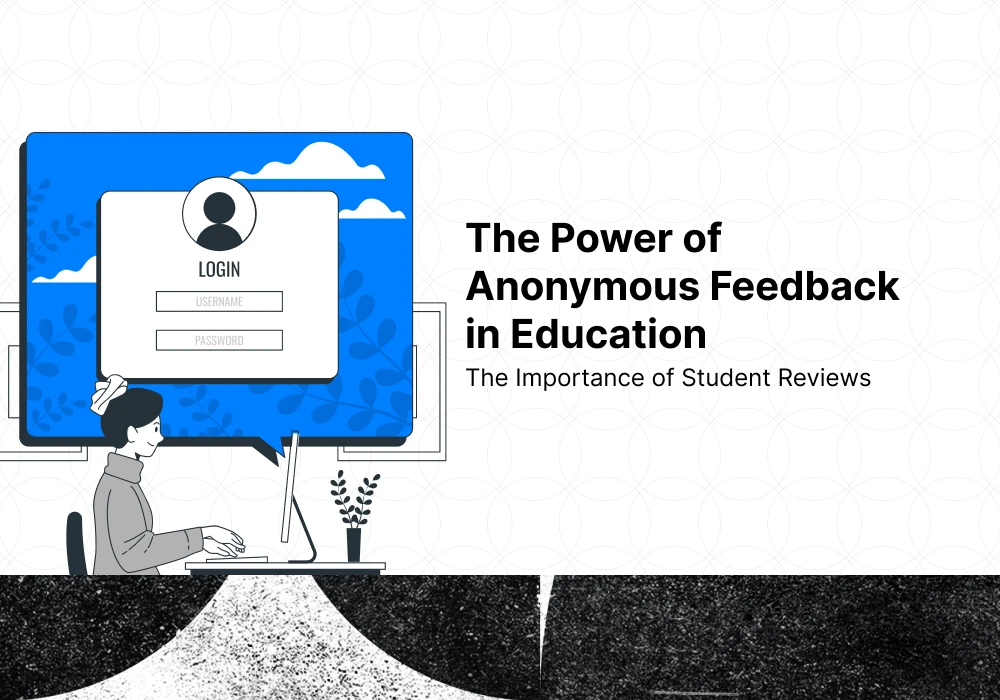The Role of Faculty Diversity in Higher Education
Benefits of Diverse Perspectives
3 minutes
Sep.22.2023

Higher education has undergone significant changes in recent years, and faculty members come from diverse backgrounds, experiences, and expertise. Faculty diversity means that instructors can have different ethnic, cultural, gender, and professional backgrounds. This diversity can contribute to the quality of higher education and enrich the learning experiences of students. In this article, we will explore the importance of faculty diversity in the academic environment and examine the benefits of diverse perspectives that instructors can bring to education.
Understanding Faculty Diversity
Faculty diversity refers to the presence of instructors from various backgrounds, experiences, and characteristics in higher education. Faculty diversity can take various forms, including ethnic, cultural, religious, gender, sexual orientation, and professional diversity.
Faculty diversity not only relates to instructors' personal characteristics but can also extend to the content and style of education. Different teaching approaches and methods employed by diverse instructors can contribute to the well-rounded education of students.
The Importance of Faculty Diversity
Faculty diversity has several advantages in higher education that contribute to the development of students and a broader understanding of knowledge. Some important aspects include:
1. Diverse Perspectives
Instructors with diverse backgrounds can bring different perspectives into education. For example, an instructor's ethnic or cultural background can illustrate global or historical contexts related to a topic. This helps students gain a broader perspective and understand the complexity of subjects.
2. Multifaceted Discourse
Different viewpoints and perspectives among instructors can encourage multifaceted discourse in the academic environment. Debates among instructors and exposure to various approaches can motivate students to think critically and develop their own viewpoints.
3. Cultural Sensitivity
Faculty diversity can contribute to the development of cultural sensitivity in education. Instructors with diverse cultural backgrounds may better understand and support students from different cultures. This fosters an inclusive and supportive atmosphere in the academic environment.
4. Inspiration and Mentorship
Instructors with diverse backgrounds can serve as inspirations and mentors, particularly for students with similar backgrounds. These instructors can be role models and mentors, assisting students in career planning and achievement.
Examples of Faculty Diversity
Faculty diversity comes in various forms in the academic environment. Here are some examples:
1. Cultural Diversity
Instructors may come from different countries or cultural backgrounds, introducing global perspectives into education.
2. Professional Experience
Instructors may have diverse professional experiences. For instance, an instructor with industry experience can bring real-life examples and expertise into education.
3. Varied Personal Characteristics
Instructors may have for example diverse religious backgrounds, contributing to the promotion of tolerance and acceptance in the academic environment.
Benefits of Faculty Diversity
Faculty diversity enhances the quality of education, encourages critical thinking, and prepares students for a globalized world. Instructors from diverse backgrounds enrich the academic experience, foster inclusivity, and contribute to a well-rounded education.
Faculty diversity is an essential component of higher education. Embracing diversity among instructors not only benefits students but also enhances the overall quality of education. The varied perspectives, experiences, and approaches that diverse faculty members bring to the academic environment enrich students' learning experiences and prepare them to thrive in an increasingly diverse and interconnected world.






